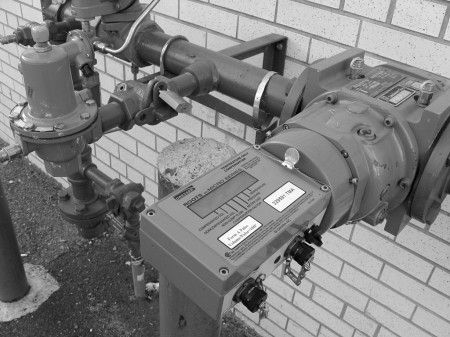One product of globalization and technological advance is the amplification of the ‘pygmy and giant’ phenomenon. On measures like wealth or fame, the world is probably more unequal than ever before. There are faces that would probably be recognized by a significant majority of those alive on Earth – probably a situation that has only existed for a few decades at most.
At the same time, technology is sometimes a great equalizer. For instance, the world wide web lets virtually anyone with literacy and moderate wealth speak to a worldwide audience. The range of capabilities is also narrowing in other areas. For example, Wal-Mart supposedly has about 583 terabytes of sales and inventory data stored at its headquarters. That sounds impressive until I remember the 1 terabyte drive sitting on my desk. It cost about three days worth of after-tax pay and serves the major purpose of protecting my data from the failure of the disk in my main computer. At a moderate personal expense, I have 0.17% of Wal-Mart’s storage capacity.
The amount of computing power you can get per dollar (or per watt of electricity), continues to increase dramatically. For the price of a sports car, you can build yourself a supercomputer. It is interesting to speculate upon what the democratization of computing power will lead to. Will it just mean increasingly realistic games and ever-more-bloated word processors, or will some genuinely game-changing applications emerge? The fact that someone can host a webpage like this for under $40 a year suggests the potential importance of this confluence in technology, economics, and innovation.





